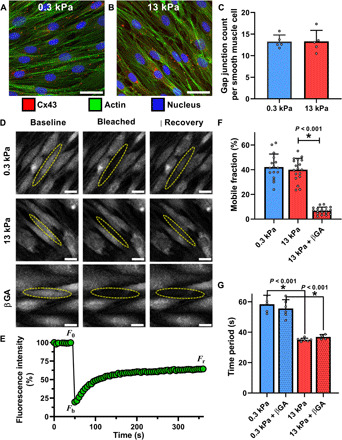Fig. 3. Effect of matrix stiffness on intercellular communication via gap junctions.

Confluent SMCs on soft (A) and stiff (B) matrix were stained for the gap junction protein Cx43, actin, and the nucleus. (C) Gap junctions were counted for each SMC in individual frames on soft (N = 5) and stiff (N = 5) matrix, represented by the mean and SD of these measurements, and we found no statistical difference due to matrix stiffening (t test, P = 0.977). (D) Diffusion through gap junctions was quantified by bleaching a small fluorescent molecule within a cell and measuring signal recovery due to intercellular diffusion, a technique called gap-FRAP. (E) A representative recovery curve for one cell shows a recovery of ~40% its initial fluorescence. These values were used to calculate mobile fraction, a measure of diffusion efficiency through gap junctions. (F) Matrix stiffness had no effect on mobile fraction (t test; soft, N = 16; stiff, N = 18; P = 0.532). The gap junction blocker βGA significantly reduced the recovery (D) and mobile fraction (F) (N = 18, Mann-Whitney rank sum test). (G) Despite blocking gap junctions with βGA, there was no effect on Ca2+ oscillation periods in confluent cells on either soft (N = 6) or stiff (N = 4) matrix (two-way ANOVA, P = 0.784 treatment within stiffness). Scale bars, 30 μm.
